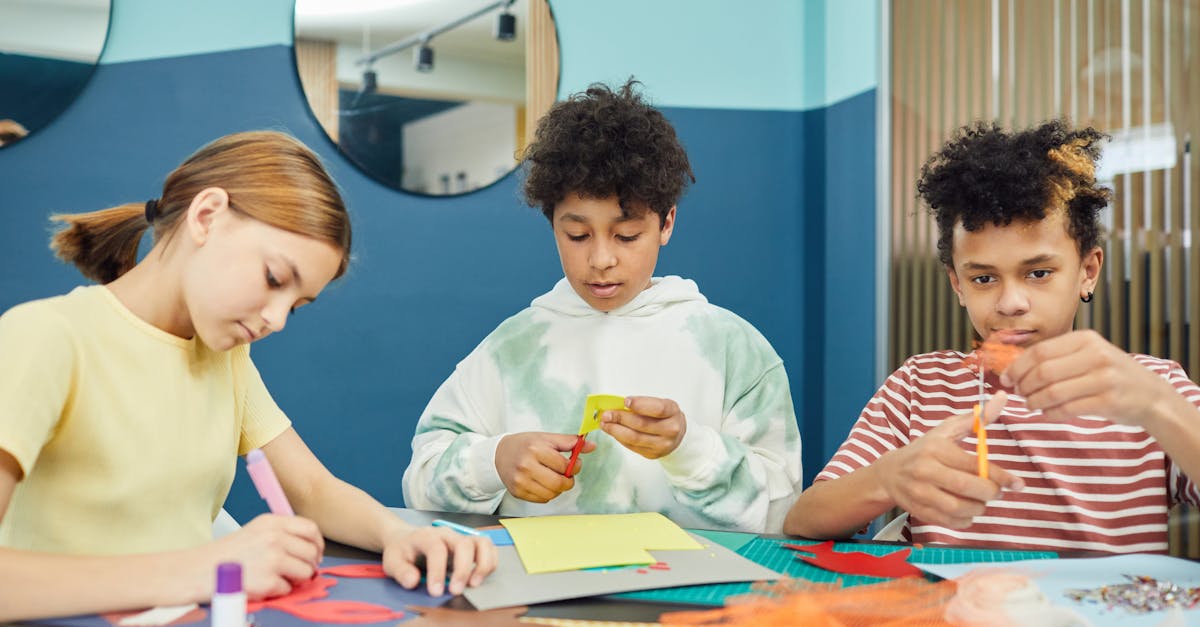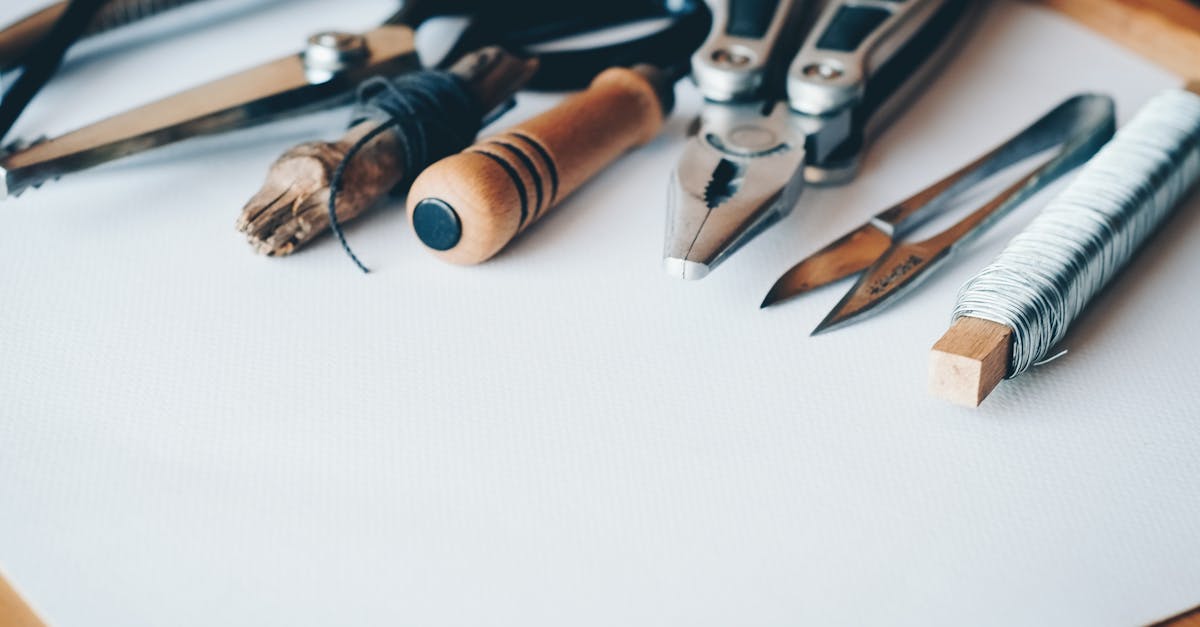Mastering Origami From Simple to Advanced Models
Introduction to the Art of Origami
Origami, the ancient art of folding paper, has captivated people around the world for centuries. Originating in Japan, its name derives from "ori" meaning folding and "kami" meaning paper. A single sheet can be transformed into intricate designs like cranes and dragons without the need for cutting or gluing. What began as ceremonial usage in the 6th century has evolved into both a meditative art form and a challenging mathematical practice. Origami's appeal lies in its simplicity and the sense of satisfaction from creating with one’s own hands. Whether you're folding for relaxation or to challenge yourself, origami offers an array of possibilities waiting to be explored.
Advertisement
Starting with Basic Models: The Foundation
The journey into origami starts with mastering the basics—simple models that lay the foundation for more complex designs. The crane, perhaps the most recognized origami figure, is an excellent starting point. It involves a series of standard folds like the valley and mountain fold, which are the building blocks of origami. Beginners often start with paper planes, boats, or simple boxes, allowing them to practice precision and symmetry. As they progress, they can move on to models like the tulip or jumping frog, which introduce new techniques. Establishing a good understanding of symmetry and cleanliness in these early steps is crucial to develop a keen eye for more advanced creations.
Advertisement
Essential Origami Techniques
To delve deeper into origami, one must become adept at core techniques that extend beyond basic folding. These include reverse folds, squash folds, and pleat folds, all critical for complex structures. Learning to identify and execute these techniques allows creators to enhance the realism and intricacy of their models. An important aspect is the precision in fold creation, where accuracy transforms a model from simple to life-like. Practice with patterened or detailed diagrams can aid in understanding how different techniques contribute to the cohesiveness of the final model. Over time, dedicated practitioners develop muscle memory, enabling them to execute complex sequences fluidly.
Advertisement
Intermediate Models: The Art of Experimentation
Once the fundamental techniques are mastered, enthusiasts can experiment with intermediate models that integrate several folding techniques. This level introduces challenges like the water bomb base or the bird base, which serve as starting points for countless models. The adoption of new forms like the traditional bat or modular origami involves intricate folding sequences, demanding patience and focus. Practicing with diverse types of paper, such as tissue foil or kami paper, becomes crucial as different textures behave differently when folded. This stage is particularly exciting as it encourages individuals to experiment with variations to traditional models, paving the way for creative expression and personalized designs.
Advertisement
Embracing the Challenge: Advanced Origami Models
Advanced origami models are a testament to a folder’s patience, skill, and attention to minute detail. These models, like the dragon or designed tessellations, require an in-depth understanding of complex folds and sequencing. At this stage, it's common to encounter models with hundreds of steps, elevating origami to an intricate art. Advanced folders often engage with crease patterns—diagrams that outline the fold paths helping create intricate designs. Proficiency in advanced paper crumpling techniques is crucial to manage complex curves and layered folds characteristic of these ambitious projects. This level challenges one to appreciate the interplay of structure and creativity fostering a deeper appreciation of the craft.
Advertisement
Innovating with Origami: Mathematical and Practical Applications
Origami has expanded beyond artistic endeavors into realms like mathematics, science, and engineering. Mathematical origami has inspired algorithmic designs used in fields such as biology for DNA folding. Engineering professionals use origami principles to innovate foldable structures, from compact satellite arrays to airbags. The potential for origami in education is unmatched in helping students visualize complex geometric transformations through hands-on activities. The interplay of creativity and scientific inquiry cultivates a unique problem-solving perspective, illustrating the robustness of origami beyond recreational purposes. As the applications of origami diversify, this art form continues to pave paths into innovative territories.
Advertisement
Common Challenges and How to Overcome Them
Throughout the journey of mastering origami, various challenges can arise, from difficulty grasping fold sequences to achieving precision in detailing. Beginners often face frustration with misaligned folds leading to compromised structures. A crucial tip is to practice mindfulness, focusing on each fold carefully to achieve symmetry. For more complex models, seeking out high-quality step-by-step tutorials, joining community forums, and attending origami workshops can provide valuable guidance. Understanding the importance of patience and embracing gradual progress is vital. The process of trial and error becomes an essential part of honing one's skills and enhancing resilience as models grow in complexity.
Advertisement
Origami as a Meditative Practice
Embracing origami as a meditative practice allows individuals to reap numerous mental health benefits. The slow, deliberate folding motions focus the mind, creating a calming atmosphere and reducing stress levels. This art form fosters a deep connection between mind, body, and paper, enhancing attention span and cognitive functions. As a non-verbal mode of expression, it provides an avenue for processing emotions and encourages creativity. Its cultural significance as a symbol of peace and prosperity transcends the act of folding, making it a meaningful practice beyond mere hobbyist interest. Treating origami as meditation promotes well-being and personal growth.
Advertisement
Community and Sharing: The Joy of Teaching and Learning Origami
The joy of origami is amplified when shared with others, as it transcends age, language, and cultural barriers. Origami communities, whether online or local, serve as a space for exchanging ideas, patterns, and techniques enriched by diverse contributors. Teaching others not only reinforces one's skills but also fosters a sense of accomplishment and camaraderie. Engaging in community events or collaborative projects brings various skill levels together, united by a shared passion for creation. As learners evolve into teachers, they contribute to the perpetuation of this ancient art, ensuring its accessibility to future generations. Origami fosters a unique sense of community, invigorated by collective inspiration and the shared language of paper folding.
Advertisement
Embrace the Journey: A Lifelong Learning Adventure
In the world of origami, every fold is a step toward mastery—a journey where each creation is a marker of progress and creativity. Whether you're seeking to relax with simple designs or challenge yourself with intricate models, origami provides a fulfilling artistic pursuit. The diverse applications of origami reinforce its status as both an art and a tool for innovation. Understanding the depth of origami, from its historical roots to its scientific potential, enhances one’s appreciation of its versatility. As a lifelong learning adventure, origami offers a path paved with discovery, creativity, and endless possibilities.
Advertisement


